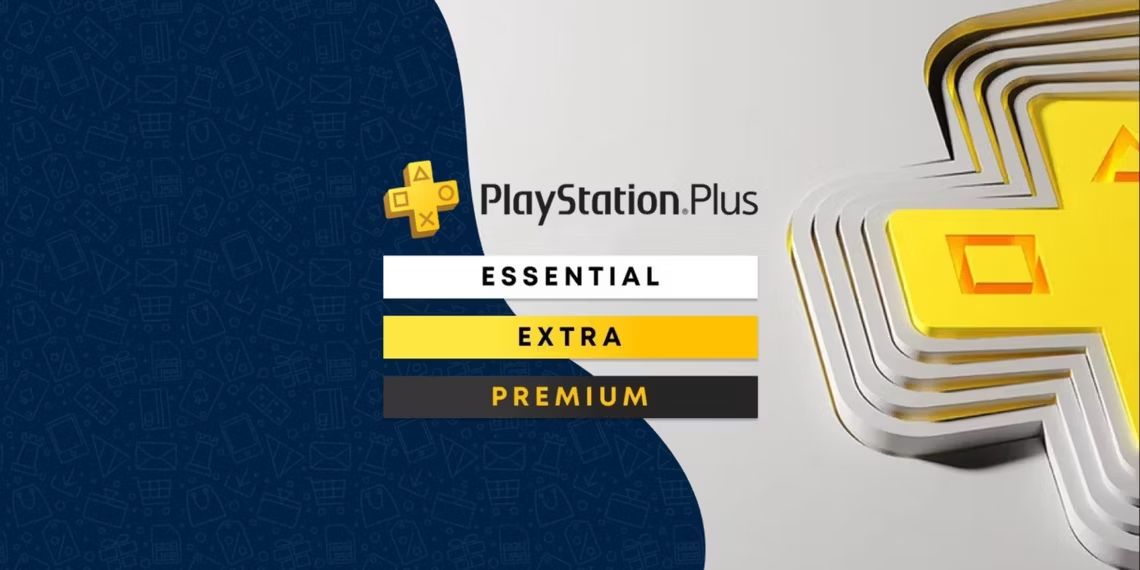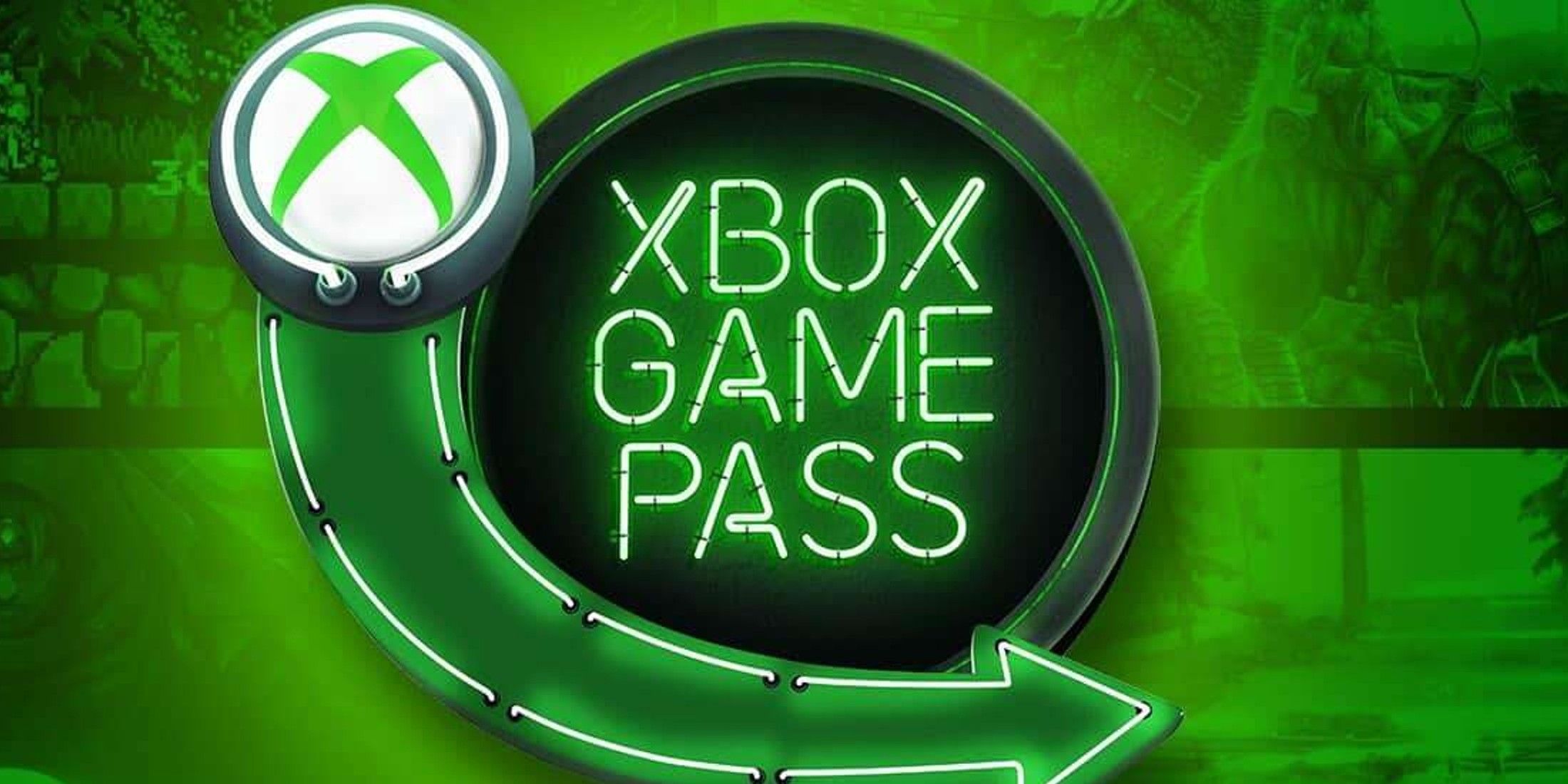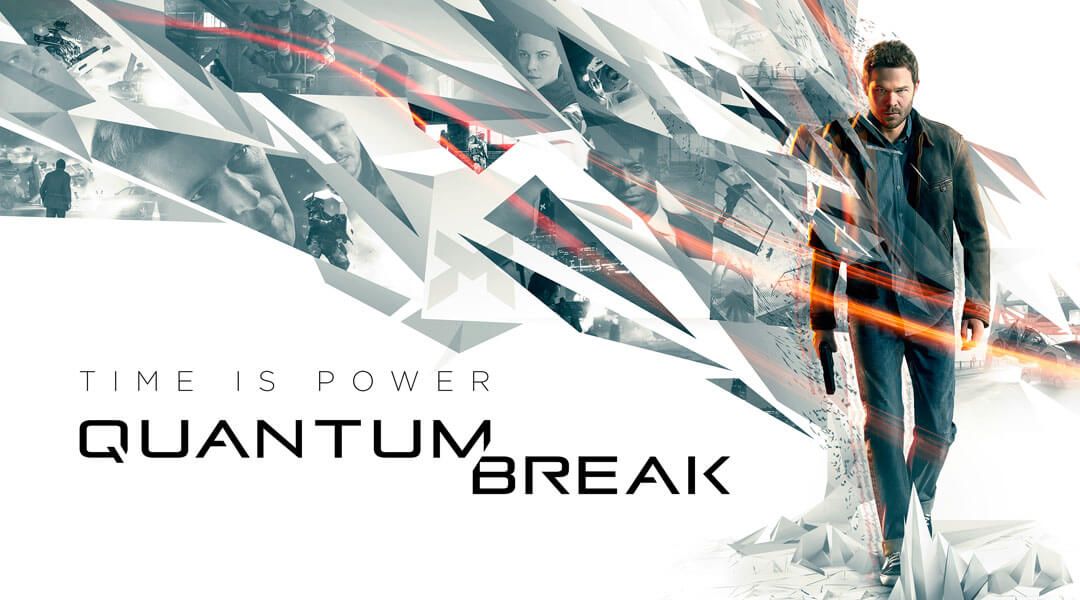Quantum Break pushes the third-person genre through a star-studded cast and time-bending gameplay, although it lacks the replay value that many may have hoped for.
If there's one thing that Remedy Games is known for, it's providing an engaging and gripping cinematic experience for gamers, and that signature style has remained firmly in place for its latest project, Quantum Break. Despite the various delays and the dual format release that have angered consumers anxiously awaiting the once Xbox One exclusive, the end result and corresponding wait time for Remedy's latest has paid dividends for consumers. While it's not quite a flawless experience, the time-stopping abilities and corresponding narrative are action-packed, well put together, and just plain fun.
For those unaware of what awaits them within Quantum Break, the entirety of the campaign is told through the eyes of friends-turned-enemies Jack Joyce (as portrayed by Shawn Ashmore) and Paul Serene (played by Aidan Gillen). Setting aside the immediate power of the initial star-studded cast, the story is based around a time machine and the resulting fallout of meddling with something that mankind really shouldn't have. While this description makes it sound rather basic, the reality is that Remedy has been able to weave a mythos loaded with interesting characters, tragic twists and turns, and absolutely stunning set pieces.
The overall look and graphical fidelity of the title is really where fans will begin to initially be impressed. As previously mentioned in our hands-on preview of Quantum Break, the game looks like the first true "next-gen" title on currently available home hardware. This is done through well-implemented facial capture technology and, as previously mentioned, very well rendered set pieces that immerse players in an environment that further wraps itself around the narrative. It's a beautiful give and go that Remedy has set up, and it has absolutely taken full advantage of the setting in which the game takes place – with two moments (oddly enough both involving giant freight-carrying ships) in particular standing out as the pinnacle of what the studio has been able to achieve.
Of course, these immense interactive segments and accompanying plot would all fall apart if the gameplay itself wasn't worthwhile, and I'm happy to report that Remedy has been able to make its latest stand out against a sea of other shooters. This is thanks to the movement-heavy cover system that's been implemented into the final product, which allows Jack to simply take cover whenever he approaches a pillar or a box. This makes the action feel a lot more fluid, but more importantly it encourages gamers to take advantage of the protagonist's various time-altering powers.
Jack Joyce has a number of different abilities that will aid him in his quest to fix time, and they play out in a rather straightforward manner. One passive option simply allows players to see threats and collectibles scattered about an area, while the rest are primarily tooled to help murder wave after wave of armed enemies. The ability to freeze time within a small bubble, dash at lightning speeds to nearby cover, create a time-based explosion, generate a massive time shield, and slow down time in order to deliver knockout blows to enemies are all just part of the overall package, and they are accompanied by awesome visuals to boot. These are new ways to go about dispatching bad guys that haven't been explored in other third-person shooters – or at least to the extent of how well it's done here – and they make for a very rewarding sense of power once players have these abilities under their thumb.
In the wake of this, it's a shame that the game never truly becomes all that challenging. Even on the 'Hard' setting, I often only found death when an enemy snuck up behind me. After realizing the attack patterns and spawn locations of certain foes, it wasn't all that challenging to wipe them from existence and progress towards the next segment. In this sense, Joyce feels pretty overpowered, although this makes sense from a narrative point of view – the man can manipulate time, after all – but it lessened the impact that a second playthrough provided. This sense of repetitiveness was eased, however, by the changes that are present in the Junction Point instances available at the end of every act.
In these moments, players will actually take control of the villain of the game, the esteemed Paul Serene, and they'll be given the option of picking one of two paths. For example, at the end of Act 1, I was able to decide the fate of a character that I had met earlier in the game. I could either have this individual killed (which would introduce Jack to another central character) or I could let them live and play a bigger role in the overall plot. These decisions are meaningful and do impact the game, but they aren't as substantial as I would have hope. They don't alter the gameplay all that much, as players will continue to traverse through the exact same in-game environments, although they do play a bigger role within the live-action element.
As many fans will already know, there's a live-action television show prominently feature with this title, and it's actually quite interesting for cross-medium experiment. While some may be quick to bash the game for its twenty-ish minute episodes, they are very well made and watchable pieces of content that only thicken the plot. It's true that players can simply skip these shows, but this will cost them an awareness of what is unfolding within the actual story. They are closely intertwined, which is why my biggest issue with the show was that it was streamed rather than included in the initial download. The end result of this choice left my television screen with a "buffering" emblem on several occasions, but it appears that gamers will be able to download the them and avoid this all together once the title is finally released.
Overall, Quantum Break makes for what can easily be considered one of the best console exclusives that the Xbox One has seen thus far, and this is the result of a number of different gameplay mechanics and story-telling decisions. It's true that the narrative can be a lot to take in as a result of cutscenes and the live-action television show, and even more of what is happening in the world surrounding Jack Joyce is found through collectibles and in-game emails – which some may simply just not want to read. Taking the time to understand what's happening in the game is well worth it, though. Meanwhile the story-altering decisions may not be as impactful as fans had hoped, but they do help to see certain side characters through (at the very least) to the end of the game.
It took roughly ten hours to complete Quantum Break the first time, and the replayability is largely limited to two playthroughs total for those that just want to wrap it up and move on. Even then, it's a well-crafted adventure that innovates in a way that compelled me to continue putting my own time into it. Even as I write this, I'm being drawn to go back and experience it again from any combination of different angles. Perhaps I'll go do that.
Quantum Break arrives for Xbox One and Windows PC on April 5, 2016.

Quantum Break
Released in 2016, Quantum Break is a third-person shooter and action-adventure game from developer Remedy Entertainment. Players will control Jack Joyce, a man that finds himself imbued with time-altering abilities.




